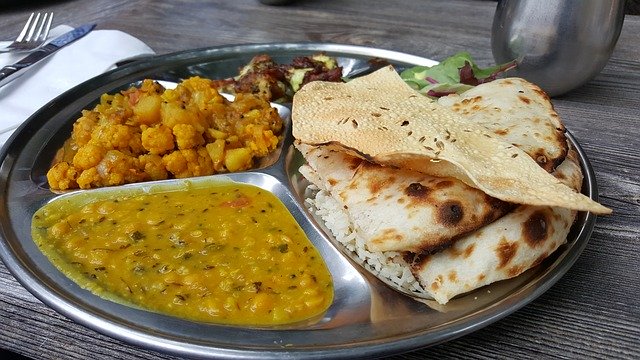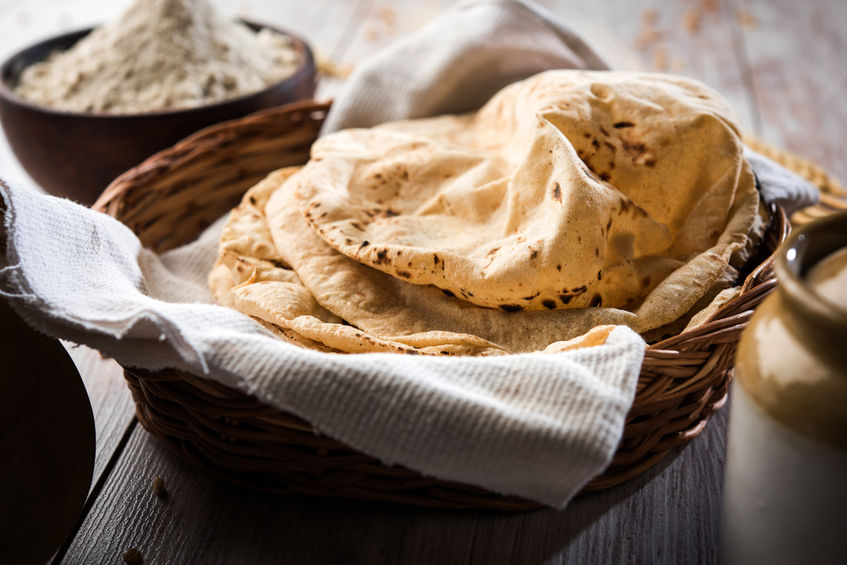We are always being told to include more fibre in our diet, but what are the health benefits of fibre and how can you increase the amount you consume as part of your daily diet?
Fibre is a plant based complex carbohydrate. It is not digested in the small intestine but reaches the large intestine and the colon. In the past fibre has been split into soluble fibre (pectins and beta glucans- found in fruit and oats), and insoluble fibre (cellulose- found in wholegrains and nuts). However recently scientists have stopped using these terms and most good sources of fibre contain both insoluble and soluble fibre.
What are the positive health benefits of fibre?
- It helps keep the digestive system healthy and softens stools to prevent constipation.
- It increases the satiety of foods it can help with weight maintenance.
- Fibre can reduce the risk of cardiovascular disease and type two diabetes.
- Some high fibre foods such as oats and barley can help reduce levels of bad cholesterol in the body.
- It can also help reduce the risk of colorectal cancer. This could be because fibre moves waste through the body quickly and so it is in contact with the bowl for less time. Or because fibre promotes the growth of good bacteria in the gut.
Research has shown we do not consume as much fibre as we should in our daily diets.
Some good sources of fibre are
- Nuts and seeds
- Peas, beans and pulses
- Wholegrain or whole-wheat foods
- Potatoes with the skin on
- Some fruits such as berries, pears, melons and oranges

Here are some strategies to include more fibre in your diet
- Breakfast is one of the easiest meals to include more fibre in your diet. You can either pick a high fibre breakfast cereal (make sure to stay away from any cereals with high sugar) or you can add fresh fruit, seeds or nuts to your yoghurt, cereal or porridge.
- Snacks are also another easy way to incorporate more fibre in your diet. Having seeds or nuts will keep you feeling fuller for longer and are full of good fats. Raw vegetables with humous or by themselves are also good snacks.
- With lunch and dinners always try to include vegetables with your meal. You can keep vegetables frozen (they will have the same nutritional benefits) to make sure you always have some to hand.
- Try easy swaps. For example, swapping white bread for wholegrain bread, or white rice for brown rice. Keep the skin on your potatoes when you cook them.
Conclusion
So, you can see how good fibre is for you and how easy it can be to include more in your diet. Whether it’s making small changes over time or experimenting with new recipes such as adding seeds to your salad it all helps. Consuming more fibre, eating a balanced diet and taking regular exercise means you too could see some of these positive health benefits!
Studies discussed in the article
Fiber and colorectal diseases: Separating fact from fiction
Kok-Yang Tan and Francis Seow-Choen
Link- https://www.ncbi.nlm.nih.gov/pmc/articles/PMC4250613/



4 Comments
[…] Dietary strategies that can help reduce hunger and promote fullness are beneficial. […]
[…] and phosphates which are present in fibre rich diet, can deplete Vitamin D stores and increase calcium […]
[…] are 4.9g of fibre in roti and 0.4g of fibre in white rice. We should be aiming to include around 30g of fibre a day […]
[…] Fibre […]